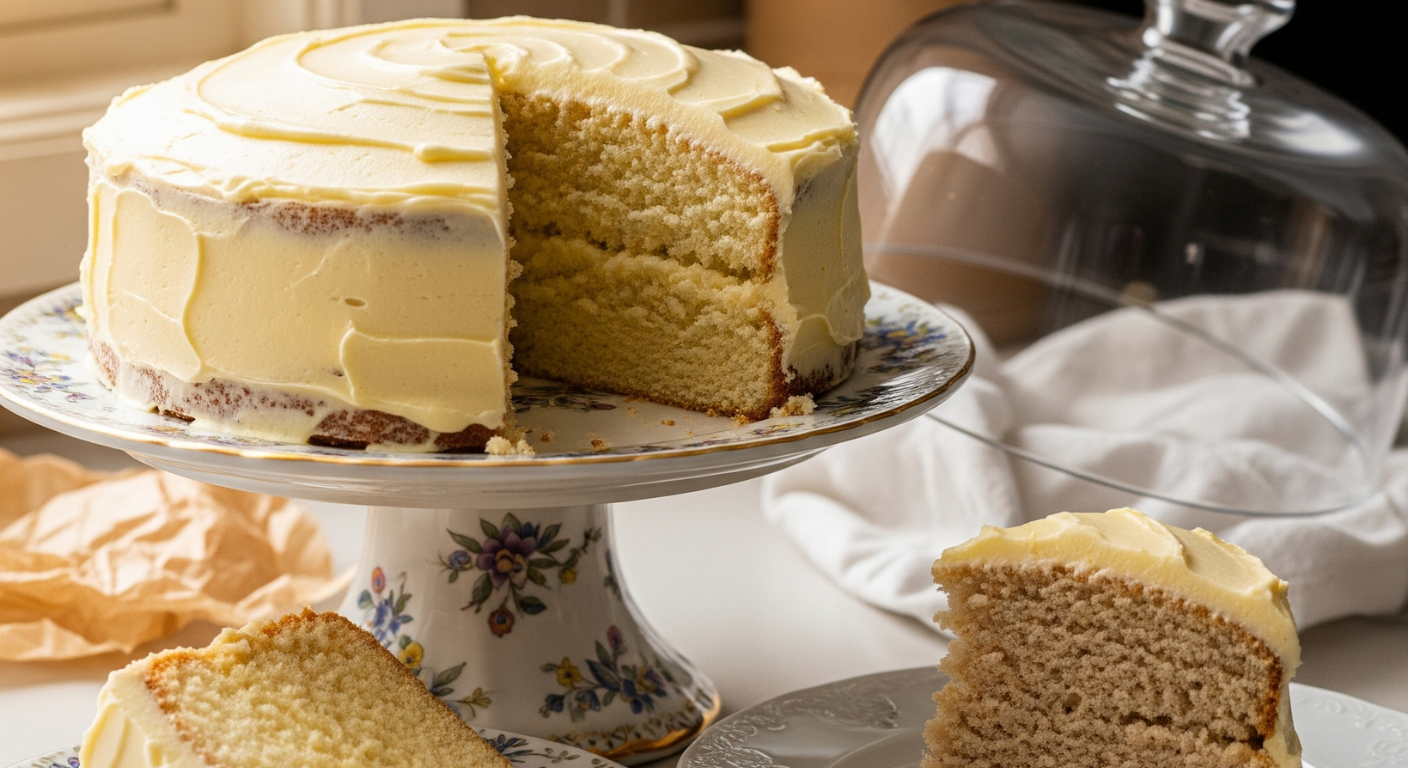
Blog
Why You Should NEVER Store Cake in the Fridge

Imagine that you have just cut into a sponge-like, soft cake. The frosting is smooth, the crumb is delicate, and every bite melts as cake should. After a night in the refrigerator, picture the same cake: cold, firm, and with dry edges. The magic is gone, and the flavors are drab.
Many bakers will tell you the sad truth: most cakes and refrigerators are incompatible. However, why? Let’s finally solve the puzzle of cake storage: is it safe to keep cake in the refrigerator?
Why the Fridge Ruins Cake Texture
The purpose of refrigerators is to preserve the freshness and safety of food. Cake, though? Cake is a delicate confection. Sponge loses moisture when exposed to the cold, dry air in a refrigerator, becoming crumbly and firm rather than fluffy and soft. When exposed to refrigerator air for an extended period of time, even the most exquisitely baked sponge will lose its tenderness.
Because of this, unless there is a particular reason, the typical response to the question, “do you store cake in the refrigerator?” is no.
Does a Cake Have to Be Refrigerated?
Does a cake need to be refrigerated, then? In a nutshell, only occasionally.
- Cakes with custard, fruit, or fresh cream fillings → Yes, they must be refrigerated to ensure food safety.
- Cakes covered in fondant or buttercream → No, they’re better kept in an airtight container at room temperature.
- Simple frosted cakes or plain sponges → Absolutely not, unless you’re willing to forgo softness in favor of storage.
Most cakes are much happier on your kitchen counter than in the refrigerator, provided they don’t contain perishable ingredients.
How to Store Cakes the Right Way
The key to properly storing cakes is to retain moisture without making the sponge too stiff.
- Keep it airtight by protecting it from the air with a cloche, box, or cake tin.
- Room temperature is ideal: If stored correctly, most cakes can be kept fresh for two to three days at room temperature.
- Slice-smart: Before sealing the container after cutting, press a piece of parchment or plastic wrap against the exposed sponge.
This way, your cake remains soft, flavorful, and true to how it was baked.
Why Room Temperature Wins Every Time
Cake is meant to be soft and inviting not cold and chewy. At room temperature:
- The sponge stays fluffy.
- Buttercream remains silky.
- Flavors shine the way they were intended.
The next time you wonder, “can you put cake in the fridge?”, remember this: unless it’s filled with cream or fruit that needs chilling, the fridge will only rob you of the joy you baked into it.
A Little Exception to the Rule
The refrigerator may be useful in one situation, such as when working with delicate designs. A quick chill can be helpful, for instance, if a cake needs to solidify before being transported or before elaborate decorations are added. Even so, it’s a short-term solution rather than long-term storage.
Final Crumb: Protect the Magic of Cake
Cake is more than just eggs, sugar, and flour. It’s quiet midnight slices, Sunday afternoons, birthdays, and shared laughter. It matters how we handle it.
Thus, when someone inquires, “Do you keep cake in the refrigerator?” The truth is now clear to you: only in dire circumstances. Otherwise, to ensure that each bite remains tender and unforgettable, store it safely at room temperature, tucked away from air.
Because cake should taste as warm, cozy, and joyful as it was intended to.
